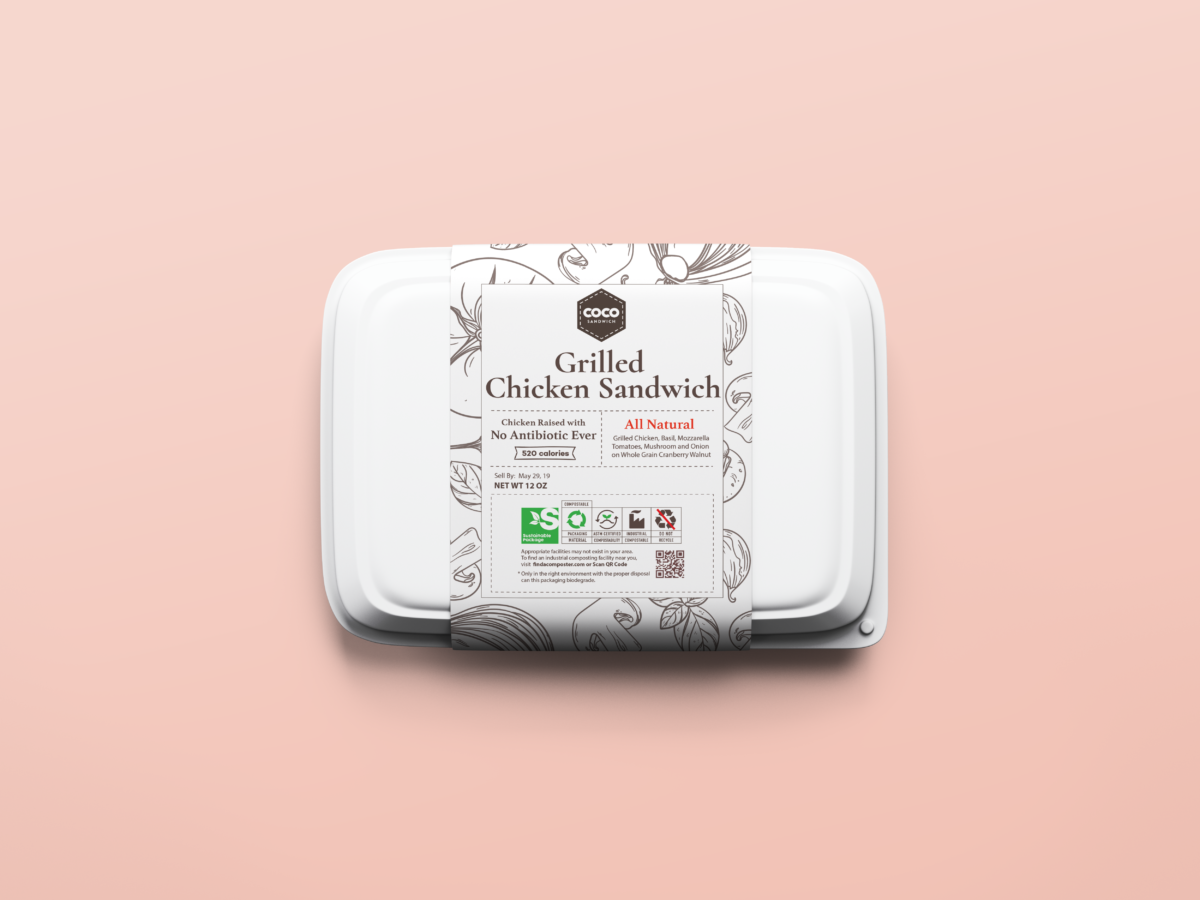Nida Ijaz
Lecturer
Ph.D. Scholar (Fine Arts) in Research Center for Art & Design, Institute of Design & Visual Arts, Lahore College for Women University, Pakistan
Advertisement is one of the major factors for a company to make it successful, unbeatable, and unforgettable. At the same time advertisement can play this role completely contrary ailment and advertisers know how to sell the product. They attach the product to the emotions, bonding, and happiness of a family or an individual.
TVCs code messages for consumers as it is essential to monitor the delivery of the coded message and what is the impact on the young consumers after listening and seeing these advertisements, which leads to devastating behavior in the lifestyle of young consumers.
The content analysis method has been used on dialogues of TVCs which has been on-air in the local channels of Pakistan. We surveyed those brands’ advertisements that target children as their consumers to find what they feel about those advertisements and what message they perceived from them. As a reference, we discussed the Lifebouy shampoo, hand wash, and Horlicks advertisements as they are FMCG and targets young consumers from the age of 4 to 11 years.
In Pakistan, 66% of houses have at least one teenager as a buyer and they cannot handle the increasing blitz of advertising. Young minds cannot understand the meaning of advertisements and can easily be manipulated. This research reveals how showcasing the bully’s behavior and portraying negative messages can affect the child’s life. Moreover, how impulsive exposure to advertisements is making them more materialistic.
This research was presented at the Design Incubation Colloquium 8.2: Annual CAA Conference on Thursday, March 3, 2022.


